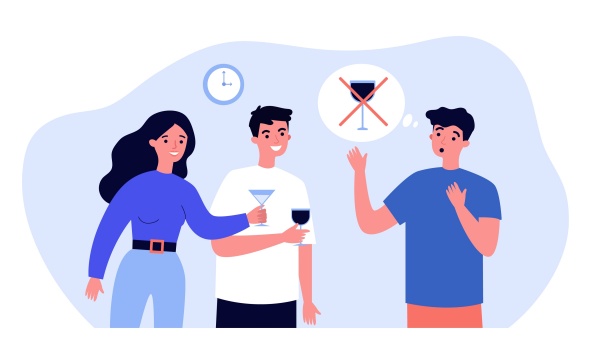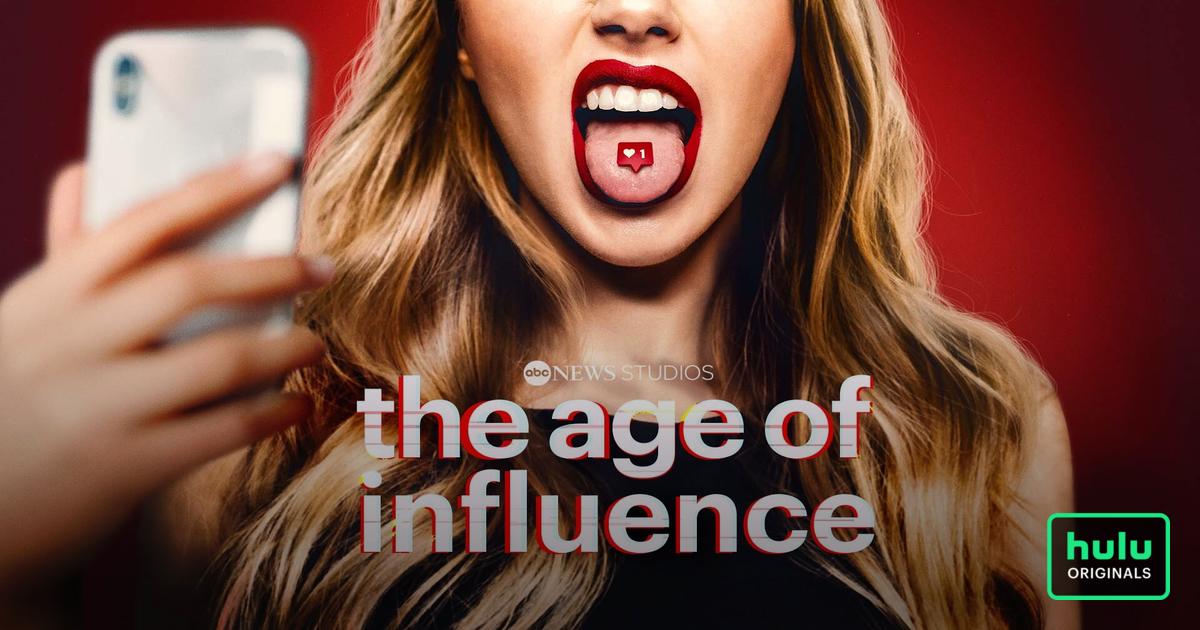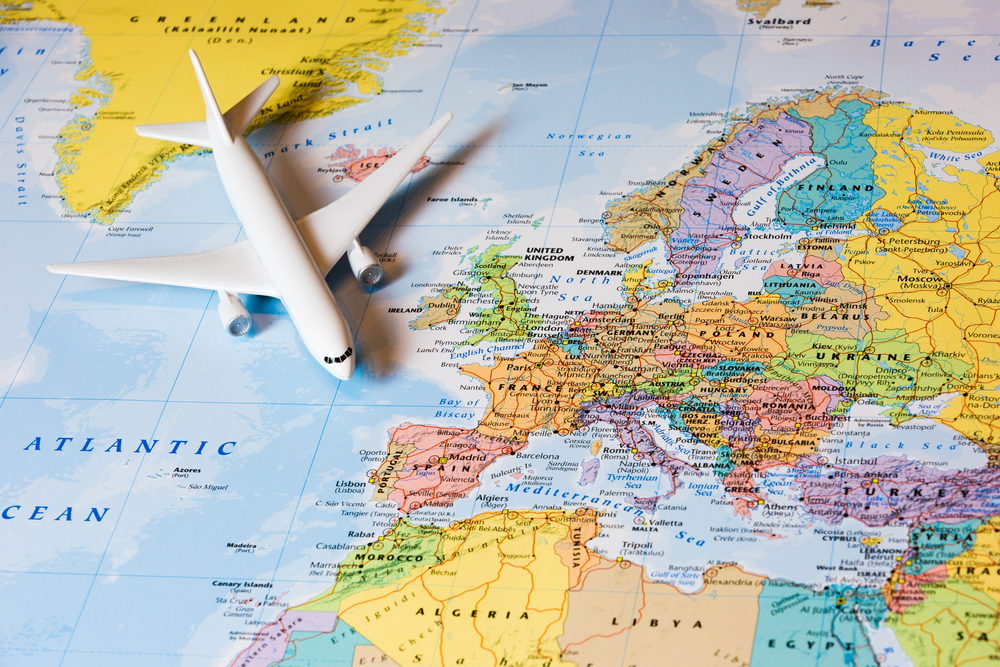America runs on Dunkin’ and, arguably, booze, so is it any wonder the coffee chain is further expanding into the world of alcoholic beverages? This week, the brand formerly known as Dunkin’ Donuts announced “Dunkin’ Spiked” for those of you out there who need a little something, something besides caffeine to make it through the day.
Dunkin’ Spiked Iced Coffee has an ABV of 6% and is available in original, caramel, mocha and vanilla varieties. Meanwhile, the Dunkin’ Spiked Iced Teas clock in at 5% ABV with such intoxicating flavors as Slightly Sweet, Half & Half (black tea and lemonade, natch), Strawberry Dragonfruit and Mango Pineapple. Consumers will be able to find the new offerings in grocery and package stores across a dozen states starting later this month.
This isn’t the company’s first foray into exciting elixirs, as Dunkin’ previously experimented with what it called a “Box o’ Beer”. Brian Gilbert, vice president of retail business development at Dunkin’, said this new line was born out of the “positive response” it received to its “previous seasonal collaborations for Dunkin’-inspired beers.” But before you crack open a Spiked Iced Coffee at your next team meeting, make sure you’ve reviewed the office alcohol policy.
Of course, if you’re a member of Gen Z, as we detail below, this may not be your cup of tea (or joe)…
|
|
|
Caber-Nay: These Winemakers Are Getting Sober Curious
|
Gen Z is Bordeaux to death with alcohol.
Whether it’s for their mental and physical health — or because “sober- curious” trends have made teetotaling more socially acceptable — young people are drinking less than ever before. Gen Z consumes about 20% less alcohol per capita compared to millennials when they were at the same age. Further, the number of college-age adults who don’t drink at all has increased by 8% over the past two decades.
This is great news for their livers, and for restaurants that can sell mocktails at a higher profit margin than booze. Some beer conglomerates have pivoted to flavored hard seltzer, which is more popular with younger drinkers.
But for winemakers, adapting to an increasingly sober market has been complicated, and not without some sour grapes. Some have invested in nonalcoholic wine production using new technologies. However, the process requires adding water to wine, which is illegal in Europe … and it may taste far less convincing than nonalcoholic beer.
“The reality is that it’s hard to remove alcohol from wine without drastically changing the taste and experience,” explains TJ Douglas, CEO and cofounder of Boston-based wine retailer The Urban Grape.
|
|
|
For occasional drinkers who appreciate wine but don’t want to get drunk on it, low-alcohol wines — as opposed to no-alcohol — could be a happy medium, maintaining the flavor without the burden of a hangover (or waking up to cringey social media posts). Session beers have given consumers a lower-alcohol alternative to high ABV microbrews; Douglas recommends winemakers capitalize in the same way.
“There’s a wide-open lane for low-alcohol wines in single-serve containers,” he says.
The brand Sip Channés markets its award-winning wines for, well, sipping in moderation. COO and sommelier Jonathan Chabat says this helps “appeal to a broader audience, including those who wish to avoid intoxication … highlighting the flavor profiles, food pairings, craftsmanship, and the overall experience of consuming wine without emphasizing its alcoholic content.”
Even if some Gen Zers want to put a cork in any wine consumption, others are looking for a mindful, memorable experience of swirling and sipping. And a low-alcohol bottle should pair perfectly with that. Que Syrah, Syrah!
|
|
|
Hulu’s The Age of Influence Asks Why We’re All Marketers Now
|
The global social-media influencer economy is valued at $21 billion, and about a quarter of Gen Z plans to join it, according to a 2022 survey. The study also found only 7% of young Americans have no desire whatsoever to become an influencer.
The above paragraph would make no sense to anybody a decade ago, so how did we get here? Hulu’s six-part docuseries The Age of Influence explores the dark side of social media marketing culture, from Momfluencers who break child labor laws to TikTok fitness bros who shill counterfeit testosterone supplements.
Yes, it’s juicy reality TV with more than a hint of true crime, but this pulp doc will convince you that influencers are A) here to stay, and B) need to be thoroughly vetted before you hire them to represent your business. While influencer marketing is still important for modern companies, the wrong influencer’s dirty laundry could sully your name.
(The good news is, no one’s easier to background check than people who make their living as a walking social media content mill.)
|
|
|
Europayin’ Union: Travel to EU Will Have a New Fee Soon
|
Are you Europe-bound for business or pleasure? You’ll need a visa for that starting in 2024.
The European Travel Information and Authorisation System will affect all U.S. passport holders who want to enter the block. After filling out an application online, expectant travelers must pay $8 for a visa that’s good for up to three years. (Previously no visa applications were needed.)
Though an extra $8 won’t bankrupt many globetrotters, corporate travel has yet to bounce back post-COVID due to increased fares, according to Deloitte’s 2023 corporate travel study. For large groups, those fees could add up quickly.
Nevertheless, if you want to enjoy a croissant aside the Arc de Triomphe between meetings come 2024, add “apply for visa” to your travel to-do list.
Warning: Don’t set foot on a plane for business without knowing this.
|
|
|
“Making good wine is a skill; making fine wine is an art.”
— Robert Mondavi
|
|
|
Written by Lauren Vino, Dan Ketchum, and Shannon Simcox.
|
|
|
|






